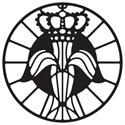
The Masterprogramme of Digital Humanities is a cooperation between the department of ALM, department of Art history and the department of Archaeology and ancient history at Uppsala University.
Today we will take a closer look at the department of Art history and see what kind of research and using digital methods they partake in and that can be seen as part of the research environment for the students of the Digital Humanities programme
The department resides in house 2 at campus Engelska Parken since 2004 and at Campus Gotland in Visby since 2013.
Digital methods in research
The department has at the moment four research projects that are oriented towards digital methods or subjects that can be classified within the term digital humanities.
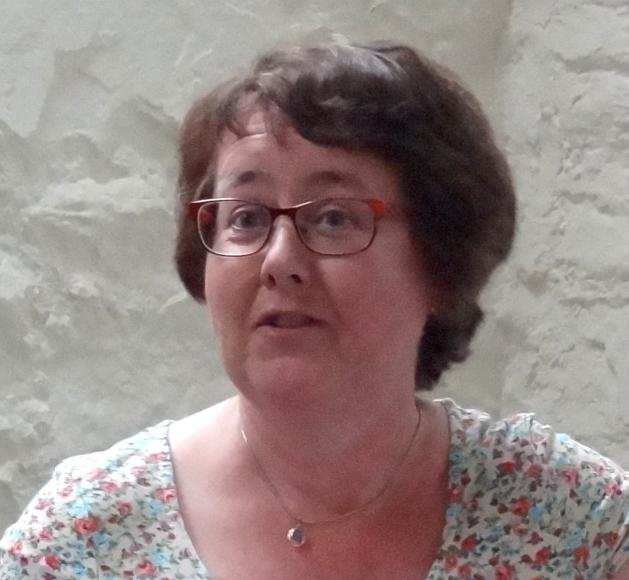
Eva Lindqvist Sandgren is senior lecturer at the department and her research project is entitled the Multisensory Vadstena Abbey in the late middle ages. The aim of the project is to produce a total-immersion virtual-reality reconstruction of the liturgy in the late 15th century Vadstena Abbey, specifically the multisensory experiences in the church.
The result will be self-directed experiences using a virtual-reality headset. The project will enable the exploration of cognitive and affective aspects of multi sensory experiences and their impact on empathy and community formation.
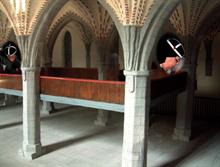
Anna Orrghen, besides being the course coordinator for the DH-master course Visual Analysis: Materiality and Digital Humanities, is heading two research projects that uses digital methods.
The first one is called the Art of Co-Production: Collaborations Between Artists, Scientists and Engineers, Sweden 1967-2009. The purpose of this project is to describe and analyze the creation processes that characterize the development of techno art in Sweden between 1967 to 2009. Anna Orrghen is primarily interested to map the driving forces behind and conditions for the co-operations and co-production between artists, scientists and engineers in the sphere of techno art.
The second project that Anna Orrghen is involved in is called Digital Monuments: Technology, Ephemerality and Memory in Swedish Public Art, 1994–2015. The purpose of the project is to describe and analyze digital monuments in Sweden between 1994 and 2015. By examining the contents and expressions of digital monuments, it’s socio-cultural, economical and political conditions and the role they play in society, Anna Orrghens research project aims to make visible a previously unexplored part of contemporary public art.
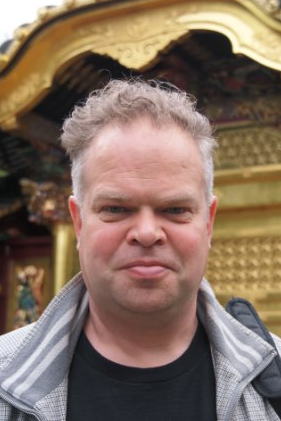
The last project is head by Johan Eriksson. His project the Virtual Museum have been shortly been introduced in a previous post about a workshop he held as part of the course Visual Analysis: Materiality and Digital Humanities.
Johan Erikssons research project is entitled The Virtual Museum at the Royal Palace (link in Swedish) and is an interdisciplinary cooperation between the department of Art history and the department of Game design at Uppsala University.
The purpose of the project is to, together with the National art museum and the The Royal Collections with the Bernadotte Library, to try new methods to digitally reconstruct historical art exhibitions at the royal palace between 1794 to 1866.
Next up we will delve further into the department of Archaeology and ancient history and see what they contribute to the field of digital humanities.

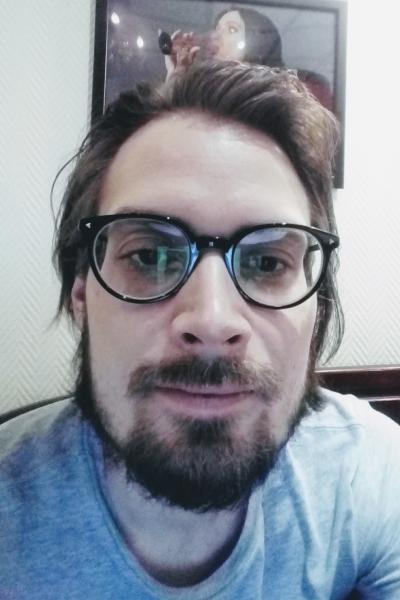
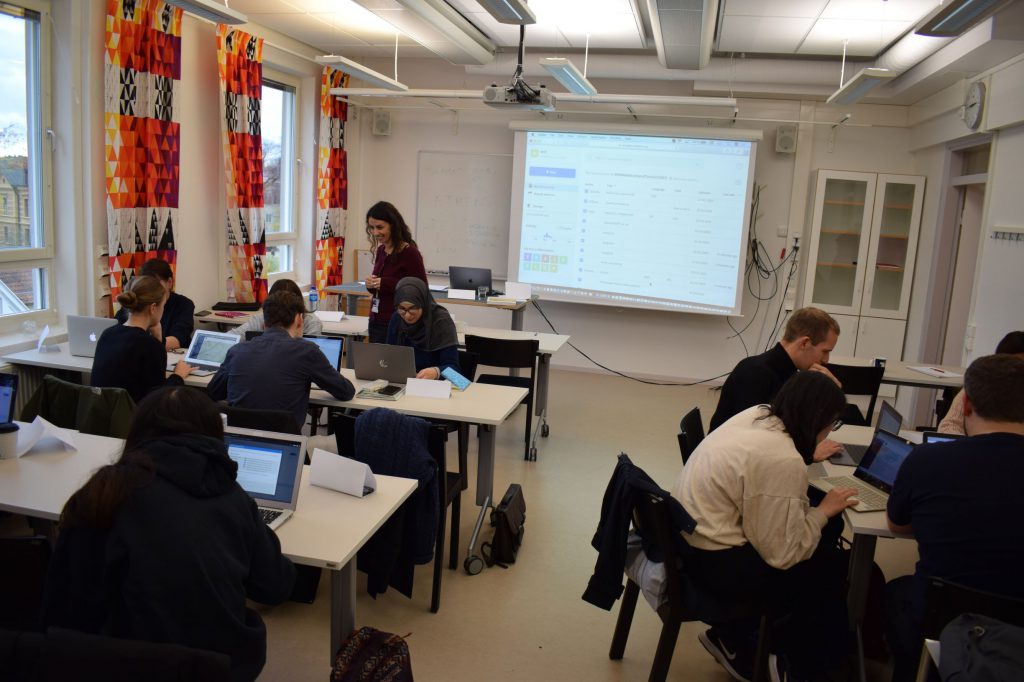
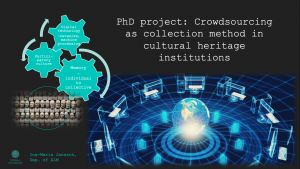
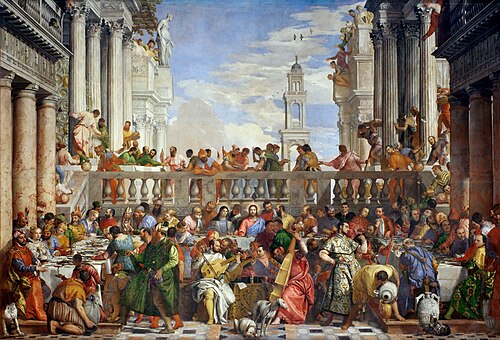
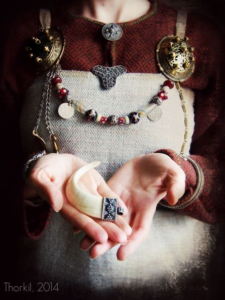 Today the Department of ALM got visited by Bodil Axelsson, associate professor at Linköping University at the Department for Studies of Social Change and Culture. She presented her ongoing research project
Today the Department of ALM got visited by Bodil Axelsson, associate professor at Linköping University at the Department for Studies of Social Change and Culture. She presented her ongoing research project